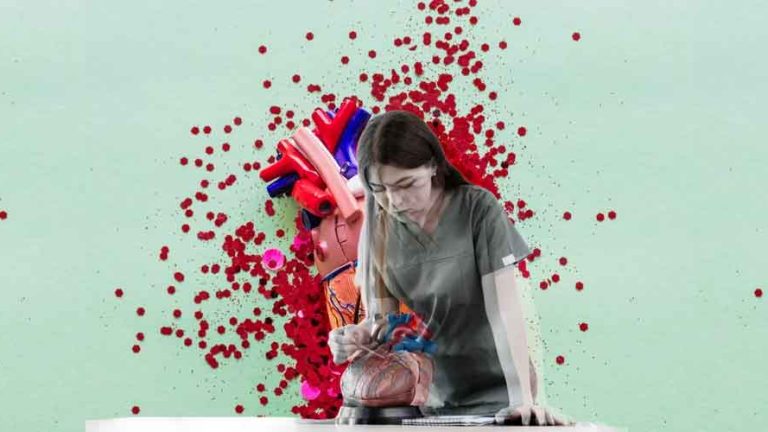Unsung heroes of medical science. Women in 3D bioprinting are revolutionizing organ transplants
A breakthrough shift in modern medicine is beginning, one that has the potential to alter the field of organ transplantation as we know it. Women in 3D bioprinting are at the vanguard of this astonishing transition, alongside visionary scientists, engineers, and researchers whose groundbreaking work is poised to alter the bounds of medical science. This article takes the reader on an enthralling journey through the dynamic world of 3D bioprinting, shedding light on the incredible achievements and breakthroughs made by women who are redefining the landscape of organ transplantation.
Their devotion, resourcefulness, and unwavering pursuit of solutions are not only developing technology, but also providing hope to countless patients who are waiting for life-saving organ transplants. Delve into the article and let’s learn about the nexus of women, science, and the future of healthcare.
Creating the Future of Healthcare
In a profession traditionally dominated by male voices, these women are carving out a substantial space for themselves, demonstrating that gender is not a hindrance to achieving success in the field of 3D bioprinting. Their work is nothing short of groundbreaking, as they attempt to solve the recurring problems of organ transplantation, such as organ shortage and the danger of rejection.
Addressing the Organ Shortage Crisis
One of the most important concerns in the area of organ transplantation is the catastrophic lack of donor organs. This dilemma has resulted in extended waiting lists and terrible stories of patients who died while waiting for an appropriate match. However, 3D bioprinting has arisen as a ray of light in this bleak terrain. These smart women are investigating the possibility of developing bioengineered organs that are tailored to the recipient’s specific genetic makeup. They are getting closer to the ideal of on-demand, personalized organs by using modern bioprinting techniques and the patient’s own cells, dramatically decreasing the waiting time and mortality rates associated with standard transplants.
Overcoming the Obstacle of Rejection
Another significant barrier to organ transplantation is the danger of rejection, which occurs when the recipient’s immune system recognizes the transplanted organ as alien and assaults it. To address this challenge, these trailblazing women are developing scaffolds and bioinks that closely resemble the body’s native tissues. This novel strategy not only improves compatibility but also minimizes the need for immunosuppressive medicines, thereby enhancing the patient’s post-transplant quality of life.
New Materials and Techniques
These astonishing feats are accomplished by pushing the boundaries of materials science. They are creating bioinks out of biocompatible materials that can be carefully placed layer by layer, duplicating the complicated structures of human organs. From heart valves to liver tissue, their revolutionary materials and techniques are ushering in a new era of regenerative medicine.
Future Generations Empowerment
Aside from their scientific accomplishments, these women serve as role models and inspiration for aspiring scientists, particularly young females interested in careers in STEM (Science, Technology, Engineering, and Mathematics). Their presence in the field challenges prejudices and lays the path for more inclusive and diverse scientific involvement.
Challenges on the Horizon
While these ladies have accomplished incredible things, problems remain on the horizon. Regulatory difficulties, ethical constraints, and the scaling of bioprinting methods for mass manufacturing are among the complicated issues that must be addressed. However, with their constant passion and pioneering attitude, there is little doubt that they will continue to push advancement in this dynamic industry.
Conclusion
The achievements of women in 3D bioprinting are a tribute to the unlimited possibilities of human ingenuity in the grand tapestry of medical evolution. Their work is a light of hope for the countless people whose lives are impacted by organ failure and transplantation. As they continue to explore new ground, their journey reminds us that the boundaries of science and medicine are continuously growing, and that true progress is generated from the relentless efforts of people who dare to dream beyond convention. These women are not only changing the face of organ transplantation; they are rewriting the future of healthcare itself, one layer at a time, and in doing so, they encourage us all to strive for scientific excellence and human well-being.






Add comment